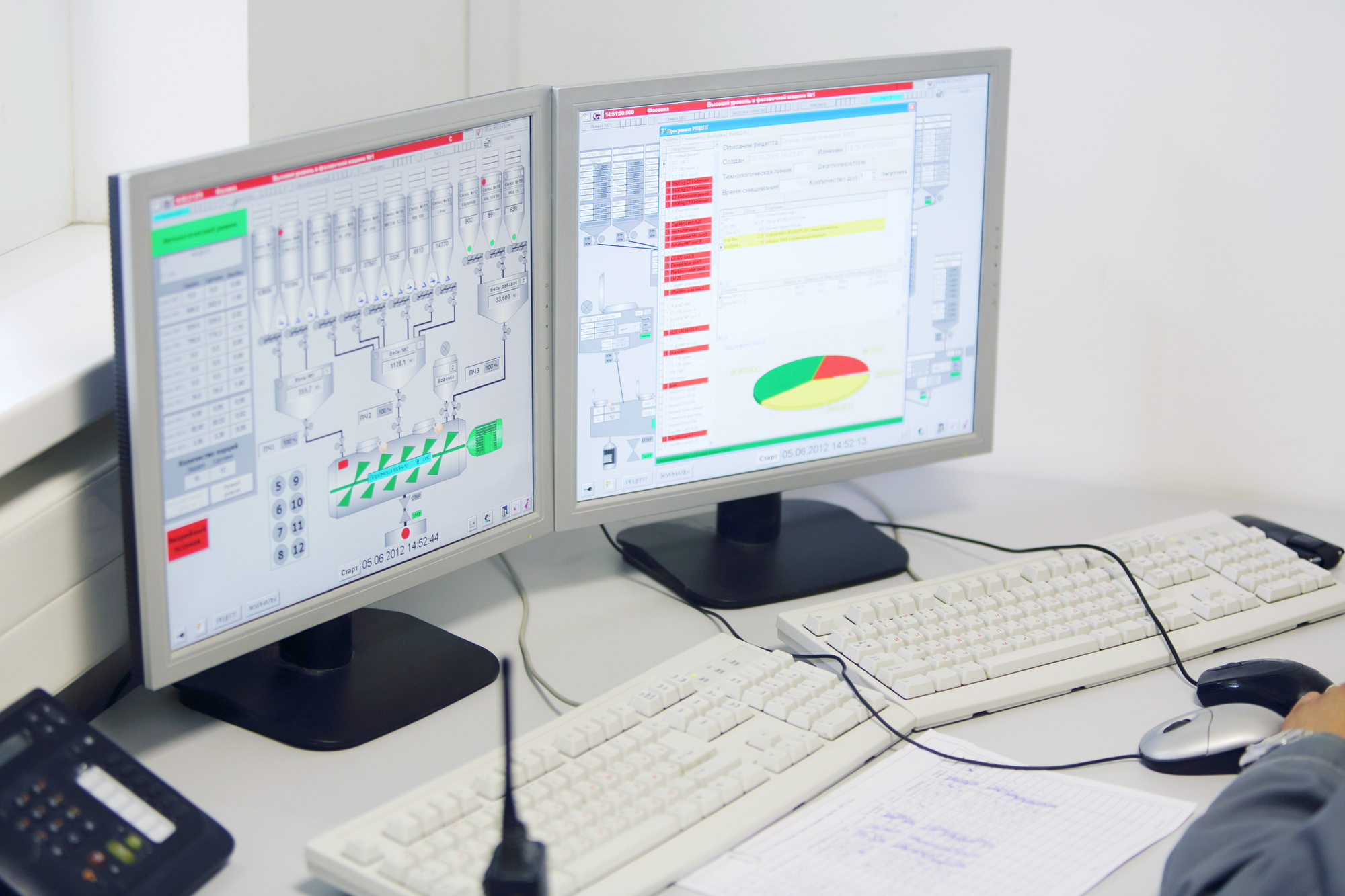The Benefits of Implementing Production Software
Production software is both the front-end and back-end system. This software optimizes operations with tools and resources to manage all business aspects.
The software type has seen fast roll-out in many industries. But relatively slow acceptance in some markets. Why? Because of learning curves.
Think about it:
You’re comfortable because you understand the software. You rarely explore new options. In reality, your stubbornness to implement software affects productivity and business opportunity.
Need convincing to adopt the software? Read on…
Production Software: 5 Benefits of Its Implementation
The purpose of software is creating consistency in the workflow. The software compiles complex tasks and data into understandable actions. This streamlines end-to-end production.
Now, this sounds good on paper but what are the real world benefits?
Saving Time and Hassle with Data Entry
Every project has many data points whether it’s written notes or input on dashboards. The production software contains the data-entry to prevent overlapping or conflicting reports.
An example is an oil and gas production operations software. This streamlines data input from field workers too busy (or stubborn) to do write-ups.
The software is comparable to team management apps found when working with freelancers. Good notes reduce miscommunication. This saves time and resources from doubling back to reorganizing data.
Improve Product/Service Quality
Ideas and features get lost in the development pipeline. More so, “quick fixes” get offers to launch but leave quality issues found down the line. The software provides detailed staging plans. This holds the team accountable throughout the production process.
The software also provides a front-end for customer input. Their feedback imports into the system allowing rapid updates and quality-of-life fixes.
Streamline Training
The software doubles as a training platform for new team members.
The backend would include:
- Detailed task instructions
- User roles to limit data accessibility
- Monitoring & reporting to keep new hires on track
Collab and HR software tools are handy in this area with on-boarding. This introduces new hires to the business environment. All without disrupting workflow of senior members.
Add Accountability
The instructions and reporting keep teams accountable since actions log in the system.
This saves money:
- Keeps projects on track (saving time from missed windows)
- Identify and remove low-performers from critical tasks
- Find faults in the production process hindering operations
The accountability leverages the responsibility introduced by the software. The program creates an environment to help/encourage others if they’re falling behind.
Basecamp is an example of this with its task assignments. Users provide regular updates to align team goals and reach milestones. All within an environment meant to prevent miscommunication.
Build Brand Loyalty
Consistency is a hallmark of an agile methodology. Erratic product quality and customer service experiences create friction between company and customer.
The structure data and tasks of production software harden consistency. This leads to a better brand experience — creating loyalty — resulting in more sales.
CRM software is an excellent example of tools used for developing consistent service.
Wrapping Up
It’s easy to bypass software when you’re accustomed to a chaotic work environment. Many will attempt to operate without a central hub for tracking & reporting. This isn’t the smart way to grow your business.
The software tools create order to the chaos. With it comes many benefits as covered in this post. Want more ways to improve operations? Dig deep int our business advice category to grow, grow, grow.



